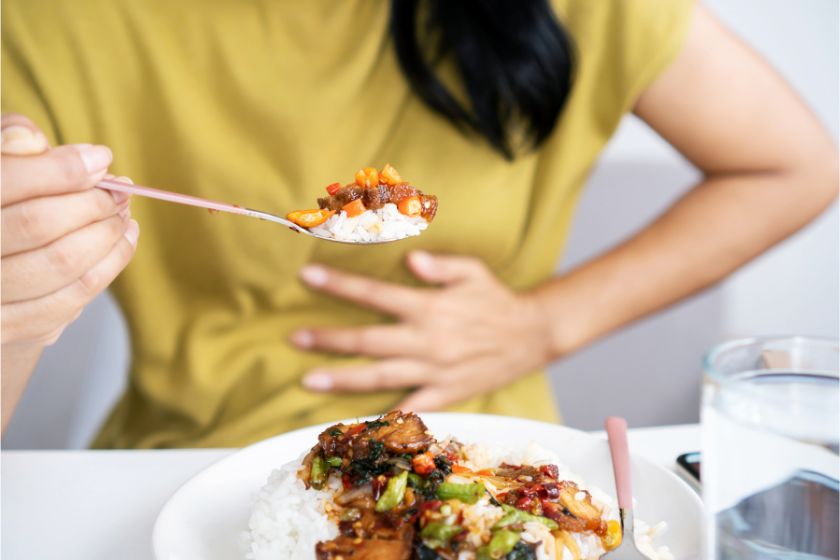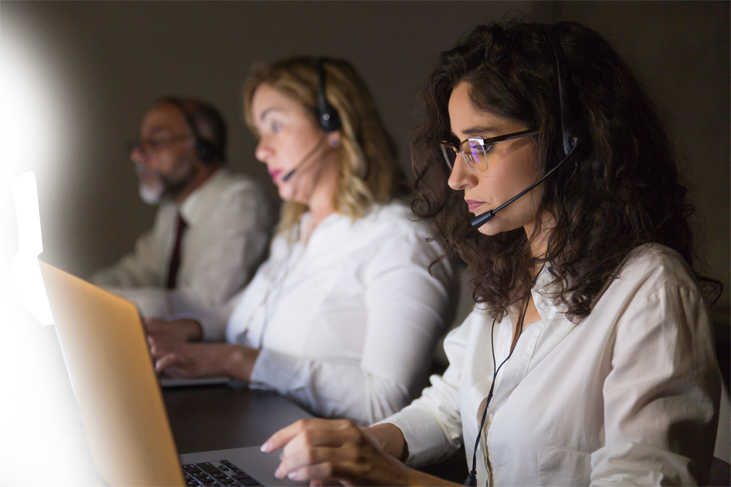Our Blogs
Ayurvedic treatments encompass a wide range of therapies and modalities. Here are some of the commonly practiced types of Ayurvedic treatments:
.jpg)
Bursitis: What is it and how is it treated?
What does it feel like to have Bursitis?
Bursitis is an inflammatory disease that affects the bursa, which are tiny, fluid-filled sacs that cushion tendons and joints. By serving as shock absorbers, these bursa stop tendons, muscles, and bones from rubbing against one another. Bursitis can cause pain, swelling, and tenderness around the affected joint when the bursa becomes inflamed. It mostly appears in the areas of the knee, hip, and shoulder.
How does Bursitis impact the individual?
- An individual suffering from Bursitis undergoes severe pain that just doesn’t quite easily. Imagine a dull ache or a sharp pinpoint aching right around a joint, shoulder, or hip.
- The pain gets more intense when action or movement happens. If a person with Bursitis climbs stairs or performs daily tasks can intensify the discomfort. The affected area may feel soft and tender, similar to a bruise, and often becomes, and often becomes swollen and warm to the touch.
- Sometimes the inflammation gets so hard that even carrying a backpack or bag may feel throbbing.
- In most cases, it is not dangerous, but it creates a hindrance to going back to normal life from the perspective of any individual. It creates frustration in carrying out one's daily tasks. If the pain is worsening over one week and needs to be consulted, let’s look into the symptoms and signs of Bursitis.
Types of Bursitis
Shoulder Bursitis: it happens as a result of recurrent shoulder movements or overuse. Lifting hands to reach high may feel like a struggle, as the inflammation is in the shoulders. It is one of the common types of Bursitis.
Hip Bursitis: This kind of Bursitis affects the hip area, where climbing stairs can turn into a painful chore.
Knee Bursitis: The bursa in the kneecap is affected, which affects the knee area of either hand or leg which making kneeling or squatting nearly impossible. The elbow is also affected in some cases.
Symptoms and signs of Bursitis
The following are the typical signs and symptoms of bursitis: Joint pain is frequently made worse by activity, increased fluid in the bursa, which causes joint swelling and soreness.
Severe Pain: The pain may vary from person to person; the severe discomfort can restrict someone’s movement and ability to perform daily actions.
Stiffness: The rigid stiffness may be felt in the joint section, especially during the morning or after extended periods of inactivity.
Redness: When touched, the affected area feels warm or red.
Fever: Redness and infection in the affected area, the skin might make you feel uncomfortable and feverish.
In what way can it be cured and treated?
Dietary Changes
- To combat inflammation, consume warm, nourishing grains like rice and oats, easily digestible legumes like mung beans and lentils, healthy fats like ghee and avocado, which can counteract the Vata dosha.
- Intake of warm and anti-inflammatory foods like ginger, turmeric, green leafy vegetables, and fruits can eradicate the pain.
- A personalized diet shall be followed based on the dosha imbalance and Bursitis affected area.
Herbal Remedies
- Anti-inflammatory medicines extracted from herbs such as turmeric, ginger, and neem in a mixture form id applied on the Bursitis location.
- Ayurveda herbs are consumed internally, like Boswellia, Guggulu, and Ashwagandha. These herbs can help reduce swelling and inflammation, manage the pain associated with Bursitis.
- Depending on the intensity of bursitis, additional add-ons can be introduced, such as triphala, Guduchi, Shallaki, and Nirgundi, which can improve the overall quality of life.
- Panchakarma Therapies (Detoxification)
Snehana (Oleation): Internal and external usage of medicated oils to loosen the stiffness and lubricate joints.
Swedana: Encourages sweating to increase blood circulation and eliminate toxins from the affected area as well as the body.
Abhyanga: Ayurvedic oil massage for pain reduction and reducing inflammation.
Shirodhara: Pouring warm medicated oil on the head induces deep relaxation and helps the doshas, contributing to overall well-being.
The best choice for treating Bursitis
Ayurveda always has a holistic approach that emphasizes healing management. It provides a range of remedies to properly manage bursitis symptoms and stop flare-ups in the future. For holistic healing from Bursitis, Rasayana Ayurveda Centre offers the best of Ayurveda treatment. Our hospital stands as the pioneer of the Ayurvedic rejuvenation center in Kerala. The approach comes with Panchakarma therapies, meditation, internal and external medications. Among the top Ayurveda hospitals in Kochi, Rasayana combines ancient knowledge with contemporary treatment.


